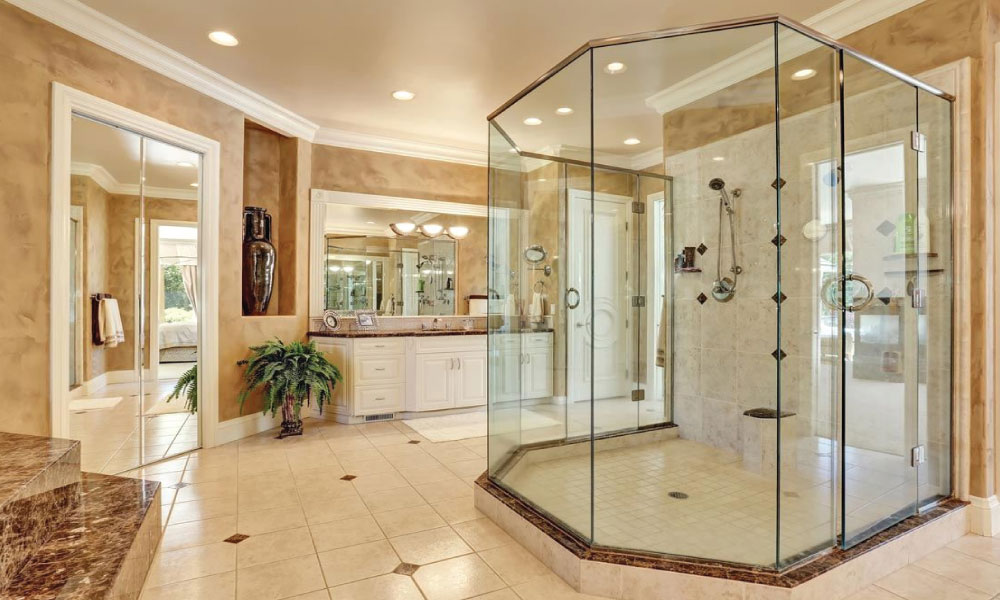There’s never a need to define the role of water which we use in our daily lives. From drinking to managing our day-to-day activities, water is required everywhere. First, however, we need to ensure that the water is clean, and we need the best home water filtration system. But, when it comes to choosing the best system out of various options, there are many factors to consider. It can be overwhelming to navigate the options and find the right one for your needs, from the type of system to the specific filtration methods used.
Here are some valuable tips to help you choose the right water filtration system for your home or business.
- Consider the Types
First and foremost, it is essential to understand the different types of water filtration systems available. The most common types include point-of-use systems, installed directly on the water supply line to treat water at a specific location, and whole-house systems, which treat all the water entering the home.
Point-of-use systems can be divided into countertop, faucet-mounted, and under-sink filters. Countertop filters are portable and can be placed on a counter or table, while faucet-mounted filters attach directly to the faucet. Under-sink filters are installed underneath the sink. Whole-house systems include water softeners, reverse osmosis, and activated carbon filters.
- Contaminants
Once you have a basic understanding of the best water filtration systems for your home, it is essential to consider the specific contaminants in your water supply. Common contaminants include bacteria, viruses, parasites, heavy metals, and chemicals. Your local water utility should be able to provide a water quality report that will indicate the specific contaminants present in your water supply.
A point-of-use system with a ceramic filter or ultraviolet light may be the best option if your water supply is contaminated with bacteria or viruses. These systems effectively remove bacteria and viruses from the water supply. However, if your water supply is contaminated with heavy metals or chemicals, a point-of-use system with activated carbon or reverse osmosis may be more effective. Activated carbon filters remove chemicals, while reverse osmosis systems remove heavy metals.
- Examine the Flow Rate
Another essential factor to consider is the flow rate of the water filtration system. The flow rate is measured in gallons per minute (GPM) and indicates how much water the system can filter in a given time. If your water usage is high, you’ll want to choose a system with a higher flow rate to ensure that it can keep up with your needs. It is also essential to consider the maintenance requirements of the water filtration system.
Some systems require more frequent filter changes than others, and some systems may require more complex maintenance procedures. Therefore, choosing a system that fits your budget and time constraints is essential.
Conclusion
Ultimately, choosing the right water filtration system comes down to understanding your specific needs and carefully considering available options. By following such above-mentioned tips, you can find the best water softeners system that effectively removes contaminants from your water supply and meets your budget and maintenance requirements.





